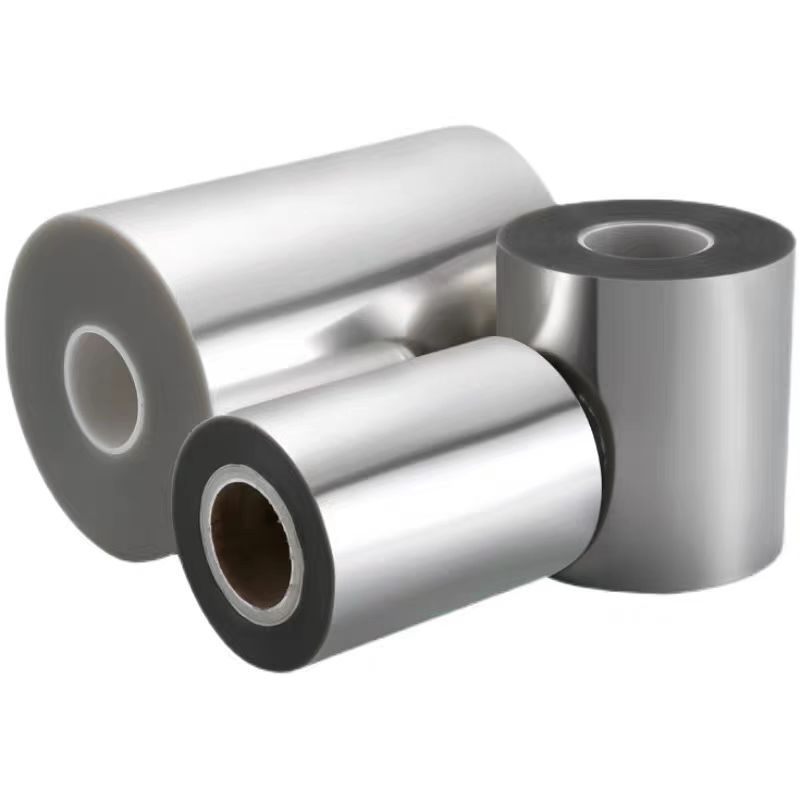How to Apply and Remove PET Film Without Residue
Polyethylene Terephthalate (PET) film is widely used across electronics, automotive, industrial, and packaging sectors for its clarity, strength, and resistance to moisture and chemicals. However, applying and removing PET film properly—without leaving behind sticky residue—is a task that demands precision, proper adhesive choice, and clean technique. This guide explores how to remove PET film cleanly, choose no residue adhesive PET film, and follow effective PET tape application tips.
Understanding Adhesive Types for PET Films
The success of residue-free removal lies in the adhesive. PET films generally use one of the following:
- Silicone Adhesives: Ideal for delicate or sensitive surfaces. Leaves minimal to no residue and is temperature resistant.
- Acrylic Adhesives: Offers strong initial tack and affordability but may leave residue if removed after long durations.
- Rubber-Based Adhesives: Economical but prone to adhesive transfer and aging issues.
For projects requiring clean removal, no residue adhesive PET film using silicone is the preferred solution.
Step-by-Step: How to Apply PET Film Effectively
1. Clean the Surface
Remove all dust, oils, and contaminants:
- Use lint-free cloths and isopropyl alcohol.
- Avoid water, which may leave behind minerals.
2. Use Controlled Environments (if possible)
If working with electronics or optics, a cleanroom minimizes particulate contamination.
3. Align Precisely
Before adhering the film:
- Use guides or corner tabs.
- Avoid stretching the PET film; this causes bubbles or tension points.
4. Apply Pressure Evenly
Using a roller or squeegee:
- Start from the center and move outward.
- Avoid air pockets and edge lifting.
5. Allow Proper Bonding Time
Let the adhesive settle for a few hours under room temperature before exposure to heat, friction, or stress.
How to Remove PET Film Cleanly Without Residue
One of the most asked questions is: how to remove PET film cleanly? Follow these proven techniques:
1. Use the Right Angle
Peel back the film slowly at a 45–60° angle, which reduces the chance of adhesive transfer.
2. Apply Mild Heat (if needed)
A heat gun or warm air (around 50–60°C) can soften the adhesive, especially for acrylic-based tapes.
3. Don’t Rush
Slow and steady pulling reduces residue risk. Rapid peeling may tear the film or leave streaks.
4. Clean Residue Immediately
If any remains:
- Use isopropyl alcohol (90%+) for acrylics.
- Use citrus-based adhesive remover for rubber-based glue.
No Residue Adhesive PET Film – What to Look For
If your goal is zero residue, look for the following in your PET film:
| Feature | Importance |
|---|---|
| Silicone-based adhesive | Clean peel, even after high-temp use |
| UV and humidity resistance | Prevents breakdown and softening |
| Low-tack formulation | Great for temporary applications |
| RoHS compliance | For electronic or medical applications |
PET Tape Application Tips from Experts
Here are a few expert-level PET tape application tips to ensure optimal results:
- Temperature matters: Apply PET film at room temperature (18–24°C). Avoid cold or overly humid environments.
- Don’t stretch: Keep PET film taut but not stretched; stress can cause future edge lifting or cracking.
- Use a release liner: If working with die-cut shapes, use PET films with pre-cut release liners for easier handling.
- Avoid touching the adhesive: Use gloves or tweezers. Oils from your skin can weaken adhesion.
Industry-Specific Examples
- Electronics: Apply silicone-backed PET film to displays; remove gently with low heat to avoid disturbing polarizers.
- Automotive: For dashboard and screen protection, choose UV-stable no-residue adhesive PET film.
- Packaging: For luxury items, temporary PET tape prevents scuffs and peels without affecting print or coating.
Conclusion
Residue-free application and removal of PET film is an art backed by science. From selecting no residue adhesive PET film, following strategic PET tape application tips, to knowing how to remove PET film cleanly, every step matters. Whether you're safeguarding an OLED panel or delivering pristine packaging, following these best practices ensures clarity, safety, and efficiency—without sticky regrets.
READ MORE:
Telephone: 008613530419893
E-mail:marie@selfadhesivefilm.com
ADDRESS (Shenzhen):903-286, Building A2, Guangming Technology Park, China Merchants Group, Guanguang Road, Fenghuang Community, Fenghuang Street, Guangming District, Shenzhen, Guangdong.
ADDRESS (Dongguan): 3rd Building No.45 Yinhu Road Shishuikou Community,Qiaotou Town, Dongguan, Guangdong.





